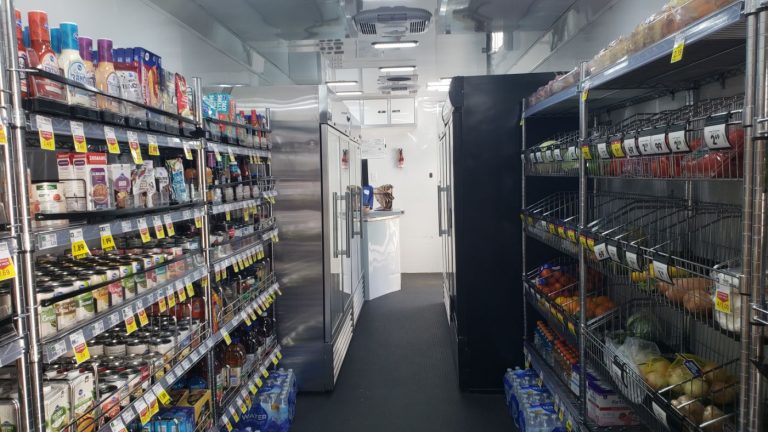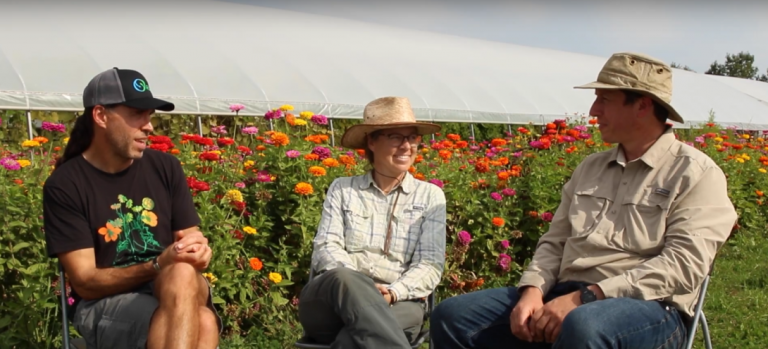Linking City And Countryside To Solve Food Insecurity
There’s more than enough food to go around, say food access organizers across landscapes. That’s hard to imagine in Kentucky, home to some of the lowest-income and food insecure counties nationwide.
The true surplus becomes apparent when a dozen pallets of peaches are loaded in for the Hazel Green Food Project, stretching across the stockyard lot in rural Wolfe County. Someone hollers for volunteers to sort through the haul, so they don vests and plastic gloves and get to work. Good fruit will be sifted into bags and packed into a family’s car later that morning. The rest will become animal feed for local farmers.
Drive an hour west, and the words ring equally true in the Commonwealth’s urban centers.















